
CVD materials
CVD Diamond Optical Windows for Lab Applications
Item Number : cvdm-08
Price varies based on specs and customizations
Shipping:
Contact us to get shipping details Enjoy On-time Dispatch Guarantee.
Why Choose Us
Reliable PartnerEasy ordering process, quality products, and dedicated support for your business success.
Introduction
Optical windows are an essential component of many scientific and industrial applications. They are used to transmit light from one place to another, and they can be made from a variety of materials, including glass, plastic, and diamond. Diamond optical windows are particularly useful in applications where high power, high temperature, or extreme harsh conditions are present. They offer exceptional broad-band infrared transparency, excellent thermal conductivity, high fracture strength, and extremely low thermal expansion coefficient.

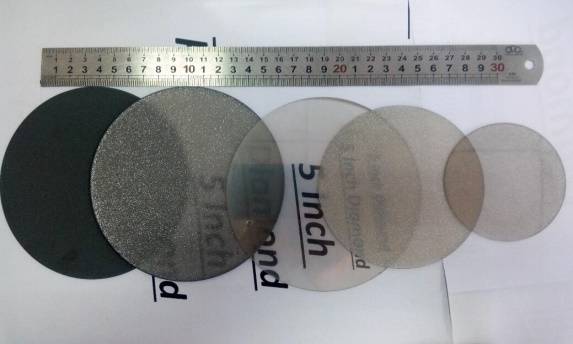

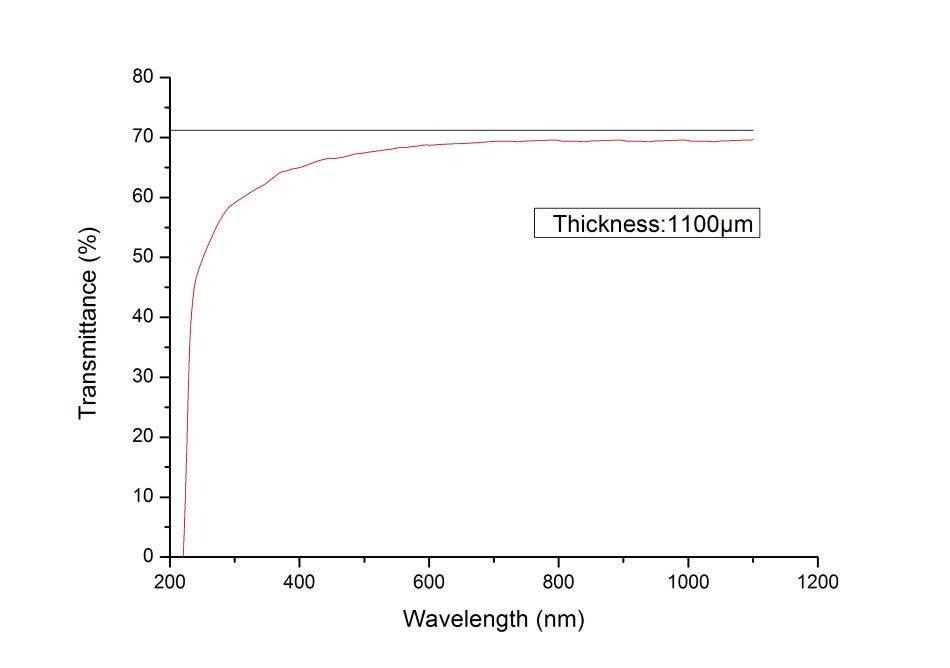

Applications
Diamond optical windows are widely used in various industries due to their exceptional properties, including broad-band optical transparency, high thermal conductivity, low scattering, and high fracture strength. Here are the main application areas of diamond optical windows:
-
High-power IR laser windows: Diamond windows are ideal for high-power IR laser systems due to their ability to withstand high laser fluences and their low thermal expansion coefficient, which minimizes distortion.
-
High-power microwave windows: Diamond windows are also used in high-power microwave applications, such as radar systems and electron cyclotron resonance ion sources, due to their ability to handle high power densities and their low loss characteristics.
-
Extreme harsh working conditions: Diamond windows are suitable for use in extreme harsh working conditions, such as high temperatures, corrosive environments, and high radiation environments, due to their exceptional durability and chemical inertness.
-
Optical applications: Diamond windows are used in a wide range of optical applications, including eye glasses, self-cleaning tinted windows, and optical sensors, due to their high transparency and low scattering properties.
-
Photovoltaic applications: Diamond windows are also used in photovoltaic applications for solar energy, as they exhibit high transmission of light and low absorption losses.
-
Device applications: Diamond windows are used in various device applications, such as computer chips, displays, and communications, due to their ability to withstand harsh environments and their high thermal conductivity.
-
Functional or decorative finishes: Diamond windows are used in various functional or decorative finishes, such as durable hard protective films, brilliant gold, platinum, or chrome plating, due to their exceptional hardness and chemical inertness.
Features
-
Exceptional Broad Band Infrared Transparency: Diamond optical windows exhibit exceptional broad-band infrared transparency, making them suitable for various applications, including high-power IR laser windows and high-power microwave windows.
-
Excellent Transparency in Optical and Ultraviolet Spectrum: They provide excellent transparency in both the optical and ultraviolet spectrum, ensuring accurate transmission of light signals.
-
Excellent Thermal Conductivity: Diamond windows possess excellent thermal conductivity, enabling efficient heat dissipation and preventing thermal damage to sensitive components.
-
Low Scattering in Infrared: The low scattering property of diamond windows minimizes signal distortion and ensures clear and accurate transmission of infrared signals.
-
High Fracture Strength: Diamond windows are characterized by their high fracture strength, making them resistant to mechanical stress and ensuring durability in demanding environments.
-
Extreme Low Thermal Expansion Coefficient: The extremely low thermal expansion coefficient of diamond windows minimizes thermal expansion-induced distortions, ensuring stable performance even under extreme temperature variations.
-
Ultra-high-vacuum Mounting: Diamond windows can achieve ultra-high-vacuum mounting, which is crucial for applications requiring a clean and contamination-free environment.
-
Customizable Dimensions and Specifications: Our company offers customizable dimensions and specifications for diamond optical windows, allowing you to tailor the windows to your specific application requirements.
Principle
Optical windows use diamond as a highly durable material with exceptional broad-band optical transparency, providing high thermal conductivity, outstanding hardness, and low thermal expansion coefficient for various demanding applications such as IR laser windows and microwave windows in challenging environments.
Advantages
- Exceptional broad band infrared transparency
- Excellent transparency in the optical and ultraviolet spectrum
- Excellent thermal conductivity
- Low scattering in infrared
- High fracture strength
- Extreme low thermal expansion coefficient
- Can achieve ultra-high-vacuum mounting
Specification
| Diameter: | 65mm (F150mm on request) |
| thickness: | 1mm |
| Flatness: | 4um/cm |
| With higher transparency | |
| Thickness: | < 0.3mm |
| Size: | < 20 diameter |
FAQ
What Are The Advantages Of Diamond Optical Windows?
What Is CVD Diamond Machine?
What Is Optical Glass Used For?
What Are The Applications Of Diamond Optical Windows?
How Does A CVD Diamond Machine Work?
What Is The Composition Of Optical Glass?
What Are The Advantages Of Using CVD Diamond Machines?
What Are The Most Common Optical Glasses?
What Considerations Should Be Made When Selecting A CVD Diamond Machine?
What Are The Common Applications Of Diamonds Produced By CVD Diamond Machines?
4.7
out of
5
These optical windows have been a game-changer for my research. The exceptional transparency and low scattering properties have greatly enhanced the accuracy of my measurements.
4.8
out of
5
Highly durable and reliable, these windows have withstood the extreme conditions of my experiments without any degradation in performance.
4.9
out of
5
The ultra-high-vacuum mounting capability has enabled me to achieve a pristine environment for my experiments, minimizing contamination and ensuring accurate results.
4.7
out of
5
The customizable dimensions and specifications have allowed me to tailor the windows to my specific experimental setup, ensuring optimal performance.
4.8
out of
5
The exceptional broad-band infrared transparency has been invaluable for my high-power IR laser applications, providing clear and undistorted transmission.
4.9
out of
5
These windows have proven to be highly resistant to thermal stress, maintaining their integrity even under extreme temperature fluctuations.
4.7
out of
5
The low scattering in infrared has significantly reduced signal distortion, leading to improved data quality in my optical measurements.
4.8
out of
5
The high fracture strength has ensured the durability of these windows in my demanding experimental conditions.
4.9
out of
5
The ultra-high-vacuum mounting capability has been crucial for my research, enabling me to maintain a contamination-free environment.
4.7
out of
5
These optical windows have exceeded my expectations in terms of performance and reliability.
4.8
out of
5
The excellent thermal conductivity has effectively dissipated heat from my sensitive components, preventing thermal damage.
4.9
out of
5
The customizable dimensions and specifications have been instrumental in integrating these windows seamlessly into my experimental setup.
4.7
out of
5
The exceptional broad-band infrared transparency has enabled me to achieve high transmission efficiency in my optical applications.
4.8
out of
5
The low scattering in infrared has been essential for my research, minimizing signal distortion and ensuring accurate data analysis.
4.9
out of
5
These optical windows are a testament to the company's commitment to quality and innovation.
4.7
out of
5
The ultra-high-vacuum mounting capability has been a lifesaver for my experiments, preventing contamination and ensuring reliable results.
4.8
out of
5
The excellent thermal conductivity has been crucial for my high-power applications, preventing thermal damage to my equipment.
4.9
out of
5
These optical windows have been an excellent investment for my research, providing exceptional performance and durability.
REQUEST A QUOTE
Our professional team will reply to you within one business day. Please feel free to contact us!
Related Products

Custom CVD Diamond Coating for Lab Applications
CVD Diamond Coating: Superior Thermal Conductivity, Crystal Quality, and Adhesion for Cutting Tools, Friction, and Acoustic Applications
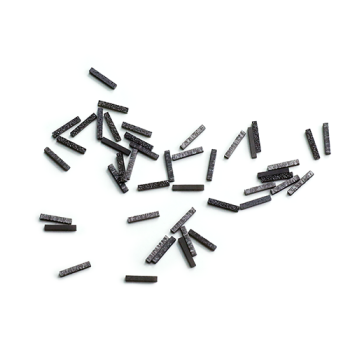
CVD Diamond Dressing Tools for Precision Applications
Experience the Unbeatable Performance of CVD Diamond Dresser Blanks: High Thermal Conductivity, Exceptional Wear Resistance, and Orientation Independence.
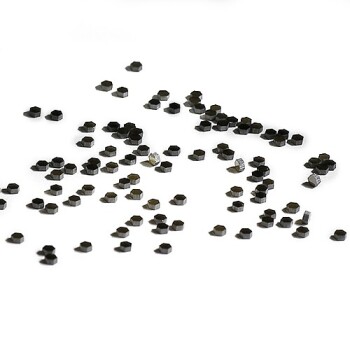
CVD Diamond Wire Drawing Die Blanks for Precision Applications
CVD diamond wire drawing die blanks: superior hardness, abrasion resistance, and applicability in wire drawing various materials. Ideal for abrasive wear machining applications like graphite processing.

CVD Diamond Cutting Tool Blanks for Precision Machining
CVD Diamond Cutting Tools: Superior Wear Resistance, Low Friction, High Thermal Conductivity for Non-Ferrous Materials, Ceramics, Composites Machining

Multi Heating Zones CVD Tube Furnace Machine Chemical Vapor Deposition Chamber System Equipment
KT-CTF14 Multi Heating Zones CVD Furnace - Precise Temperature Control and Gas Flow for Advanced Applications. Max temp up to 1200℃, 4 channels MFC mass flow meter, and 7" TFT touch screen controller.
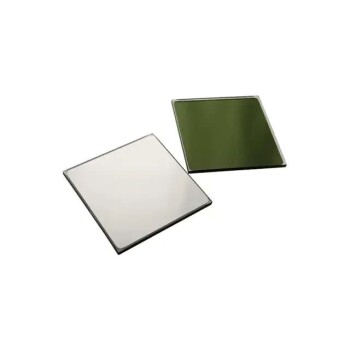
Optical Window Glass Substrate Wafer Single Double Sided Coated K9 Quartz Sheet
K9 glass, also known as K9 crystal, is a type of optical borosilicate crown glass renowned for its exceptional optical properties.

Shortpass Filters for Optical Applications
Shortpass filters are specifically designed to transmit light with wavelengths shorter than the cutoff wavelength, while blocking longer wavelengths.
Related Articles

Optical Quartz Plate: A Comprehensive Guide to Applications, Specifications, and Usage
Discover the versatility of optical quartz plates, exploring their uses in various industries, key specifications, and factors that differentiate them from glass. Gain insights into their applications in ultraviolet transmission, precision optics, and more.

Unveiling the Exceptional Properties and Applications of Optical Quartz Plates
Discover the remarkable characteristics and diverse applications of optical quartz plates, including their superior ultraviolet transmission, thermal stability, and use in lenses, lighting devices, and semiconductor manufacturing.

Unlocking the Power of Optical Quartz Plates: Applications and Benefits
Delve into the world of optical quartz plates, exploring their exceptional properties, diverse applications in industries like optics, electronics, and more. Discover their advantages, including low thermal expansion, high temperature resistance, and precise optical clarity.

Diamond Growing Machines For Modern Machining and Need for New Cutting Tools
Diamonds have become popular due to their exceptional hardness, superior thermal conductivity, and chemical stability.

How to Achieve High Quality Single-Crystal Diamond with MPCVD
Microwave plasma chemical vapor deposition (MPCVD) is a popular technique for producing high-quality single-crystal diamond.

Advancements in Diamond Optical Window-Related Components
Explores the development and applications of diamond optical window components in various fields, including defense, aerospace, and energy.

CVD Diamond Optical Windows: Advancing High-Tech Optical Applications in Extreme Environments
Exploring the benefits of CVD diamond optical windows for high-end applications in extreme environments, including aerospace, military, and scientific research.

CVD Diamond: Superior Material for Optical Windows
Explores the exceptional properties and applications of CVD diamond in optical windows.

The Ethics of Diamond Growing Machines
Lab-grown diamonds have gained significant popularity in recent years due to their ethical and environmental benefits.

Advanced Applications of Cultivated Diamonds in Semiconductors and High-End Manufacturing
Discusses the use of cultivated diamonds in semiconductors, heat dissipation, and advanced manufacturing.

MPCVD Single Crystal Diamond Applications in Semiconductor and Optical Display Fields
This article discusses the applications of MPCVD single crystal diamond in semiconductor and optical display fields, highlighting its superior properties and potential impact on various industries.

Optical Components: Window Sheets and Their Applications
An overview of various types of optical window sheets, their materials, precision, and coating options.